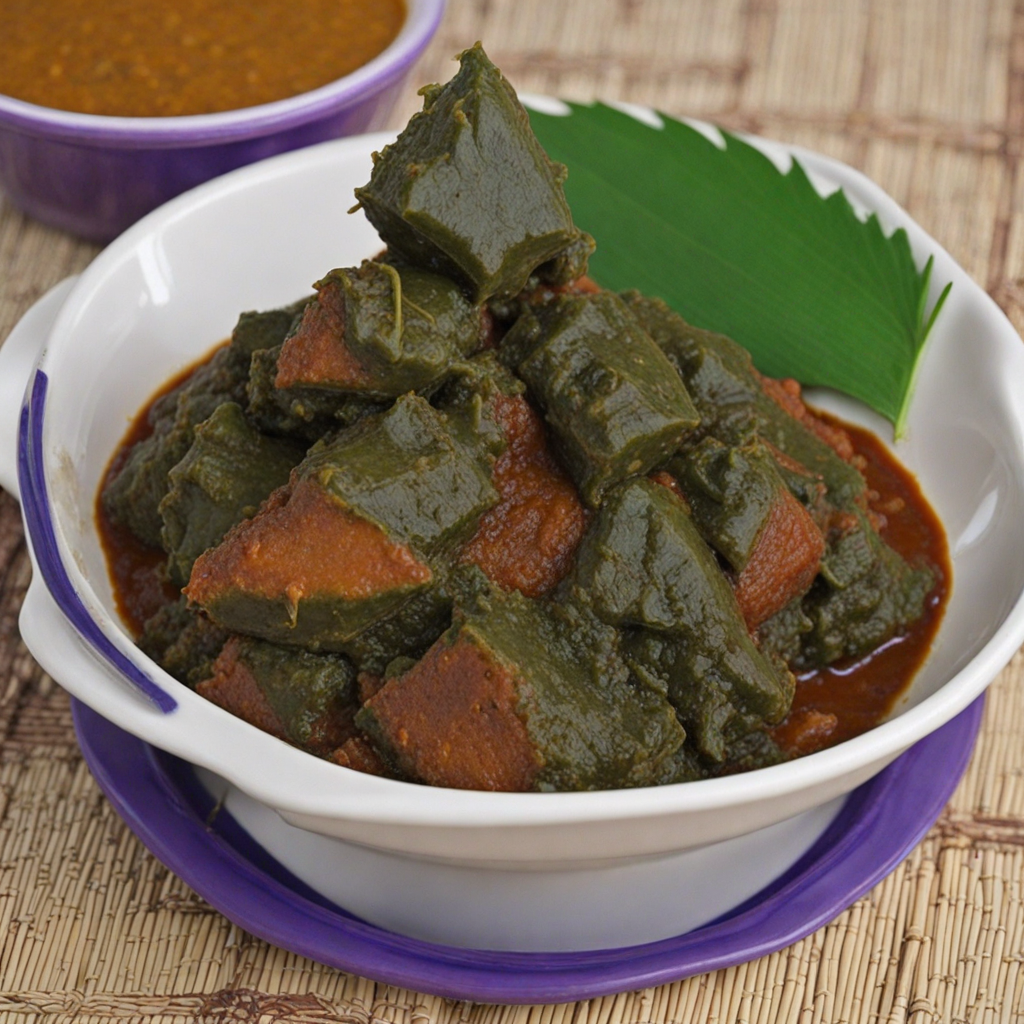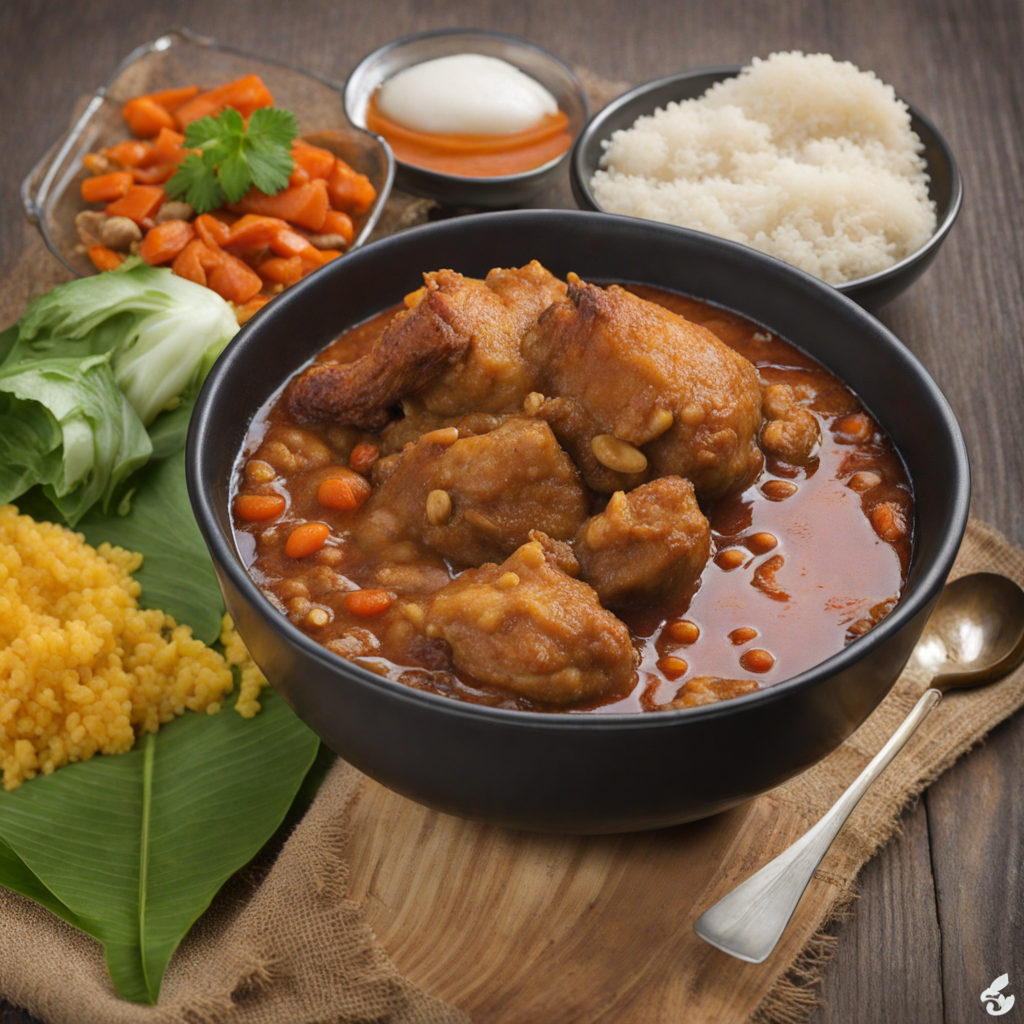Beignets
Beignets from the Democratic Republic of the Congo are delightful, deep-fried pastries that capture the essence of Congolese street food. These fluffy treats are typically made from a simple dough consisting of flour, sugar, and yeast, which is allowed to rise and develop a light, airy texture. The dough is then shaped into small rounds or squares before being submerged in hot oil, resulting in a golden-brown exterior that is crisp and inviting. The contrast between the crunchy outside and the soft, pillowy inside is one of the most appealing aspects of this delectable snack. Often enjoyed warm, Congolese beignets can be served plain or dusted with powdered sugar for a touch of sweetness. They are also versatile and can be filled with various ingredients, such as chocolate, fruit preserves, or even savory fillings like spiced meat, offering a unique twist on the classic pastry. This adaptability makes them a popular choice for breakfast or as an afternoon snack, where they can be paired with coffee or tea for a delightful treat. In the bustling markets and street corners of the DRC, beignets are not just food; they are a cultural experience. Vendors often serve them fresh, allowing patrons to enjoy the irresistible aroma of frying dough wafting through the air. The communal aspect of sharing these treats with friends and family adds to their charm, as people gather to savor the moment together. Whether you try them in a local eatery or make them at home, Congolese beignets promise a warm, comforting taste that will transport you to the heart of Africa.
How It Became This Dish
The Sweet History of Beignets in the Democratic Republic of the Congo #### Origins and Early Development Beignets, those delightful deep-fried pastries, have a rich history that intertwines with the culinary traditions of the Democratic Republic of the Congo (DRC). While the term "beignet" is French, referring to a fried dough pastry, in the DRC, this treat has taken on unique characteristics that reflect the country's diverse culture and history. The origins of beignets can be traced back to the colonial era when French influence permeated much of Central Africa. The French introduced various culinary practices, including the art of frying dough. However, the Congolese had their own traditional methods of cooking with local ingredients, particularly cassava and maize. As a result, the beignets of the DRC evolved into a unique fusion of indigenous practices and foreign influence, leading to a pastry that is both familiar and distinct. #### Cultural Significance Beignets are more than just a sweet snack in the DRC; they hold cultural significance that transcends mere culinary enjoyment. They are often associated with celebrations, social gatherings, and communal meals. In Congolese culture, food is a vital part of social interaction, and beignets frequently make an appearance at family reunions, weddings, and religious events. The preparation of beignets is often a communal affair. Families gather to mix the dough, shape the pastries, and fry them, turning the cooking process into a bonding experience. This communal aspect highlights the importance of shared culinary traditions in the DRC, reinforcing family ties and cultural identity. Moreover, beignets serve as a symbol of hospitality, representing warmth and welcome when offered to guests. In urban areas, beignets have become a popular street food, easily accessible and enjoyed by people from all walks of life. Vendors often serve them hot, dusted with powdered sugar or drizzled with chocolate or fruit sauces, appealing to both locals and tourists alike. This accessibility has helped the beignet maintain its status as a beloved treat, showcasing the DRC's rich culinary diversity. #### Ingredients and Preparation The basic ingredients for Congolese beignets typically include flour, sugar, yeast, and water. However, variations exist depending on regional preferences and available ingredients. For instance, some recipes incorporate sweet potatoes or bananas into the dough, adding a distinctive flavor and texture to the final product. The preparation involves mixing the ingredients to form a smooth dough, allowing it to rise before shaping it into small balls or rounds. Once shaped, the beignets are deep-fried until golden brown and crispy on the outside while remaining soft and fluffy on the inside. The aroma of frying dough wafting through the air is often a precursor to the deliciousness that awaits, drawing people in and creating an atmosphere of anticipation. #### Evolution Over Time Throughout the years, beignets in the DRC have undergone various transformations, influenced by changing culinary trends, globalization, and the advent of modern cooking techniques. Traditional methods of preparation still hold sway, particularly in rural areas, where families continue to make beignets using time-honored recipes passed down through generations. However, urbanization and globalization have led to the introduction of new flavors and fillings. Contemporary beignet vendors often experiment with different ingredients, such as chocolate, cream fillings, or even savory options like cheese and vegetables. These innovations reflect a broader trend in Congolese cuisine, where traditional foods are being reimagined and adapted to suit modern tastes. In recent years, there has been a resurgence of interest in traditional Congolese cuisine, partly fueled by a growing appreciation for local foods and their health benefits. Beignets, with their simple ingredients and versatility, have found their place in this culinary renaissance. Some chefs and home cooks are even experimenting with healthier alternatives, using whole grain flours or reducing sugar content, while still striving to maintain the essence of this cherished pastry. #### Beignets and Globalization As Congolese culture gains recognition on the global stage, beignets have begun to find their way into international culinary scenes. Food festivals, cultural exchanges, and diaspora communities have played a crucial role in introducing Congolese cuisine to a broader audience. In cities with significant Congolese populations, beignet stalls and restaurants are becoming more common, allowing people from different backgrounds to experience this delicious treat. Moreover, the rise of social media has contributed to the global visibility of Congolese beignets. Food bloggers, chefs, and enthusiasts share recipes, cooking videos, and photos, showcasing the beauty and diversity of Congolese cuisine. This digital platform not only promotes the culinary heritage of the DRC but also creates a sense of pride among Congolese people, encouraging them to celebrate their food culture. #### Conclusion The history of beignets in the Democratic Republic of the Congo is a testament to the resilience and adaptability of culinary traditions. From their colonial roots to their status as a beloved street food and cultural symbol, beignets represent the rich tapestry of Congolese life. They embody the spirit of community, hospitality, and innovation that defines the DRC's culinary landscape. As the world becomes increasingly interconnected, beignets are poised to captivate new audiences, inviting them to savor the flavors of the Congo. Whether enjoyed at a family gathering, on the streets of Kinshasa, or in a trendy café in a foreign city, Congolese beignets continue to delight palates and foster connections, ensuring that their sweet legacy endures for generations to come.
You may like
Discover local flavors from Democratic Republic Of The Congo







